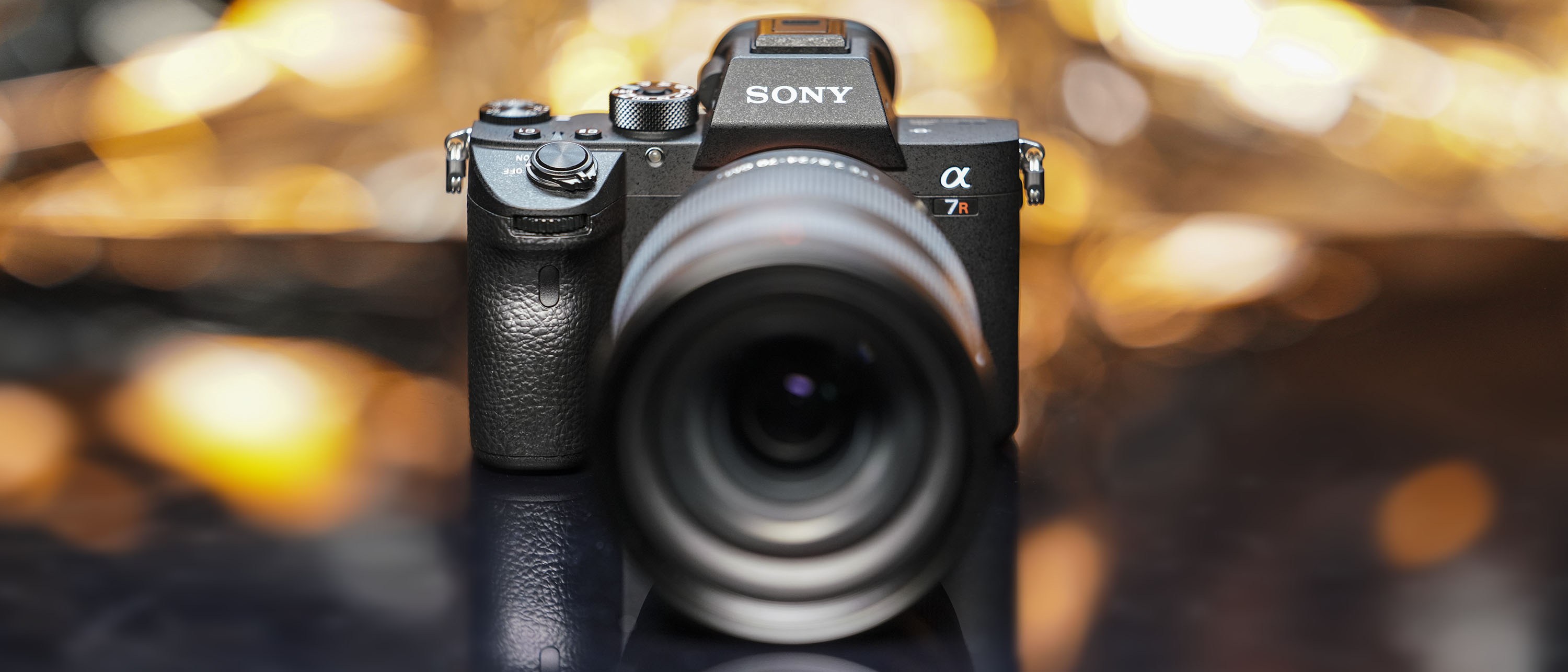TechRadar Verdict
The Sony Alpha A7R III is not only the most well-rounded mirrorless camera you can buy today, but one of the best cameras out there right now.
Pros
- +
10fps at 42.2MP
- +
Advanced 5-axis IS system
- +
Large and bright EVF
- +
Fast AF performance
- +
Improved handling
Cons
- -
Battery life could still be better
- -
Limited touchscreen control
- -
Only one SD slot supports UHS-II cards
Why you can trust TechRadar
The Alpha A7R III is Sony's latest high-resolution mirrorless camera, and an update of the excellent Alpha A7R II, which was responsible for tempting many a photographer away from the comfort of their Canon and Nikon DSLRs.
This latest model looks to draw on many of the technologies used in the speed-orientated Sony Alpha A9, which is just as well, because with the likes of Nikon's brilliant D850 offering a tempting combination of high resolution and high performance the Alpha A7R II was beginning to look a little pedestrian.
With some impressive boosts to performance, as well as tweaks to handling and the peace of mind of a five-year guarantee, could the new Alpha A7R III see even more second-hand Canon and Nikon DSLRs appearing on the shelves of camera stores as more photographers make the switch to Sony?
Features
- Full-frame stacked CMOS sensor, 42.2MP
- 3,686K-dot electronic viewfinder with 100fps refresh rate
- 3.0-inch tilt-angle screen, 1,440,000 dots
While many might have expected Sony to boost the amount of pixels to match or exceed DSLR rivals like the D850 and Canon EOS 5DS, it's actually opted to stick with the same count as the Alpha A7R II.
At the core of the A7R III then is a 42.2MP back-illuminated full-frame Exmor R CMOS sensor, although Sony has borrowed some of the innovations from the 24.2MP Alpha A9 and integrated them with this more densely populated chip.
There are gapless microlenses and a new anti-flare coating for starters, while the Alpha A7R III features a new front-end LSI that almost doubles the readout speed of the sensor. It also takes advantage of the latest BIONZ X image processing engine, and combined, these enhancements deliver a boost of up to 1.8x in processing speeds compared to the A7R II.
Sony says the A7R III has a staggering 15-stop dynamic range at low sensitivity settings
The A7R III's sensitivity range remains unchanged (ISO50-102,400 at the camera's expanded setting), so those hoping for something to match the Nikon D850's expanded ISO32 setting may be a little disappointed. However, the new processing engine should be able to handle image noise better than its predecessor, while Sony also claims the Alpha A7R III will have a staggering 15-stop dynamic range at low sensitivity settings.
The Alpha A7R III has the same electronic viewfinder (EVF) as the Alpha A9, with the Quad-VGA OLED EVF sporting a resolution of approximately 3,686k dots, and utilizing a Zeiss T* Coating to reduce reflections. On top of this, the A7R III supports a customizable frame rate for the EVF, with options of either 60fps or 120fps, again matching the 120fps offered by the A9.
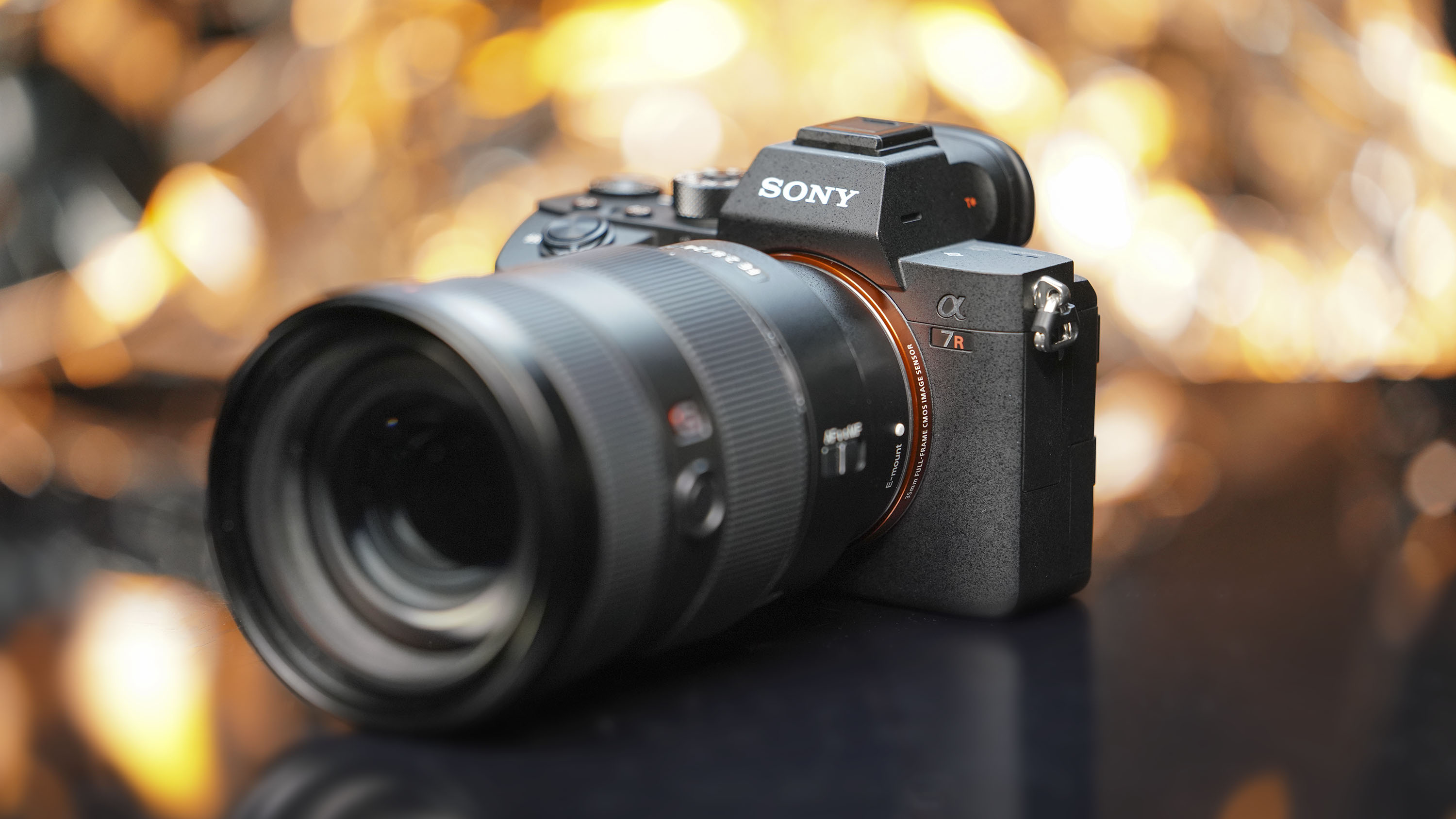
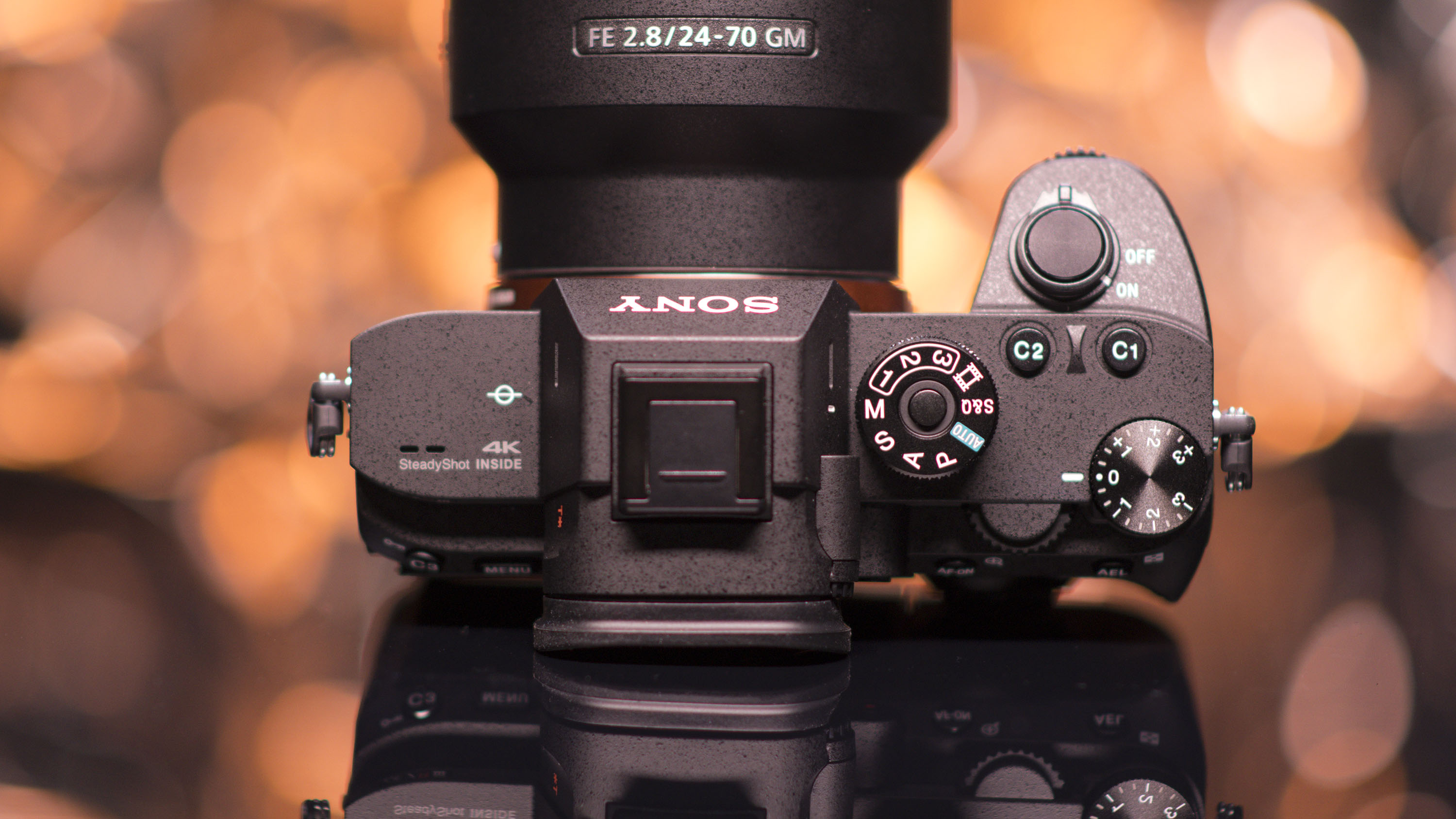
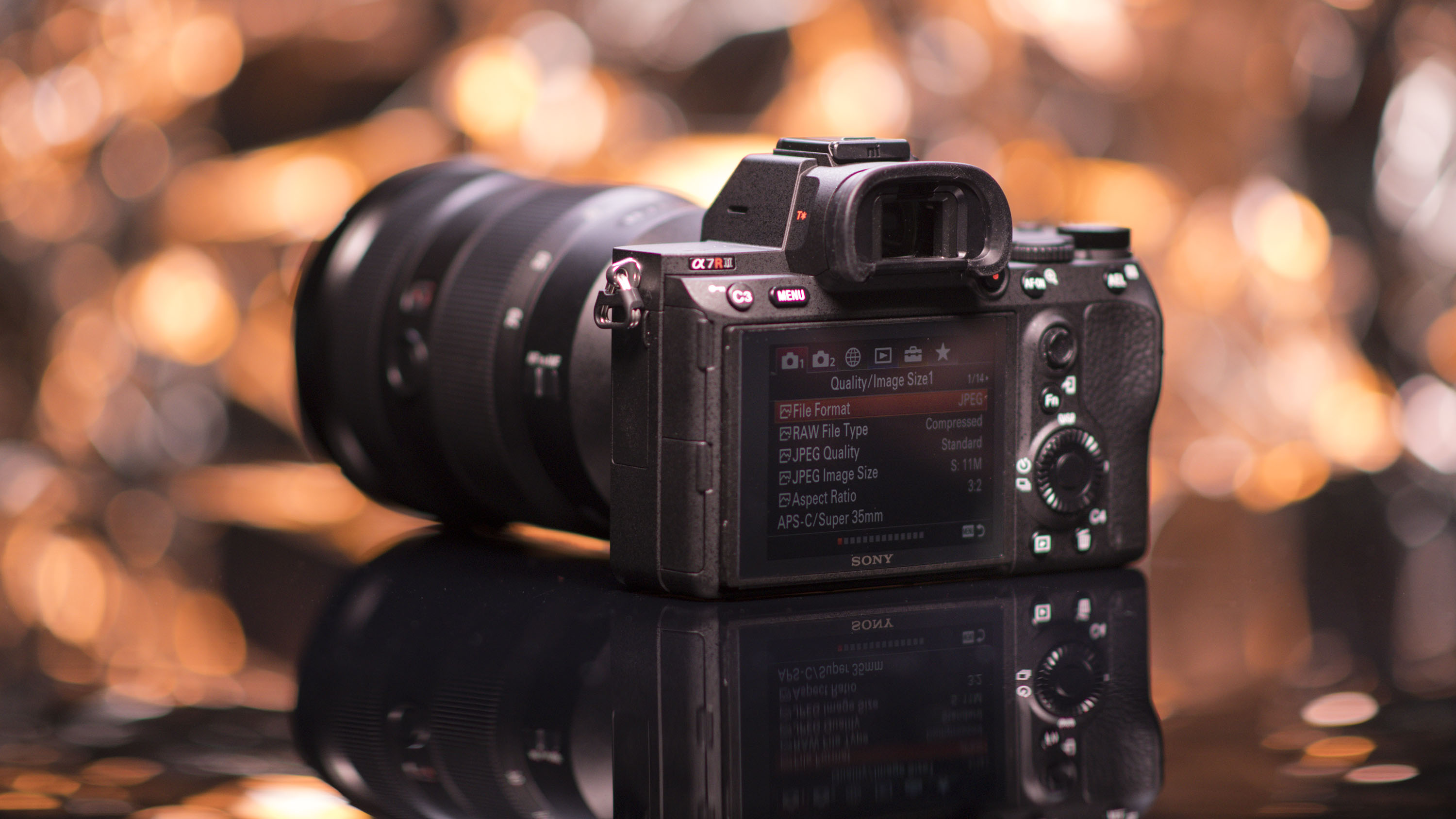
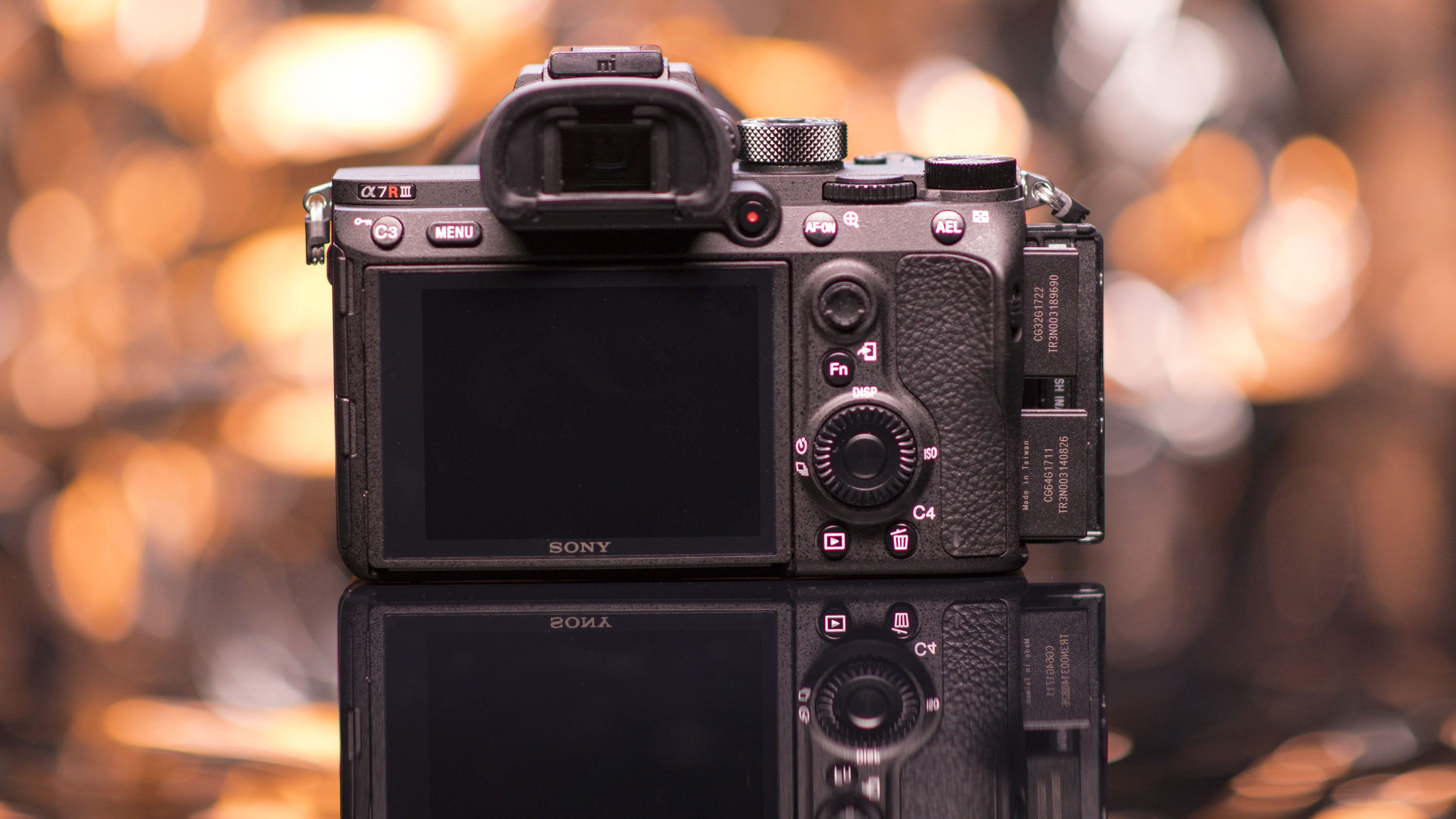
Along with the EVF, the rear tilt-angle display has also been upgraded over the outgoing model; it now has a resolution of 1.44 million dots, and, just as we've seen with recent models like the RX10 IV, offers touchscreen functionality.
Also as with the A9, Sony has shunned the XQD card format (even though it's now the sole manufacturer of that format), instead opting for dual SD card slots on the Alpha A7R III, with only one of those supporting UHS-II type cards.
The Alpha A7R III offers 4K (3840 x 2160 pixels) video capture, with the option to use either the full width of the sensor or Super 35mm format mode, with the latter using the full pixel readout without pixel binning to collect 5K of information, and oversampling this to produce what promises to be even crisper footage.
As well as this, the Alpha A7R III now features a new HLG (Hybrid Log-Gamma) profile that supports an Instant HDR workflow, allowing HDR (HLG) compatible TVs to play back 4K HDR footage, while both S-Log2 and S-Log3 are also available.
If you want to shoot Full HD footage you can capture this at up to 120fps, while there are ports for both a microphone and audio monitoring.
Phil Hall is an experienced writer and editor having worked on some of the largest photography magazines in the UK, and now edit the photography channel of TechRadar, the UK's biggest tech website and one of the largest in the world. He has also worked on numerous commercial projects, including working with manufacturers like Nikon and Fujifilm on bespoke printed and online camera guides, as well as writing technique blogs and copy for the John Lewis Technology guide.
